41 label the hydrophobic and hydrophobic portions of the phospholipids
wou.edu › chemistry › chapter-11-introduction-majorCH103 – Chapter 8: The Major Macromolecules – Chemistry Phospholipids contain both hydrophobic hydrocarbon chains and polar head groups, making them amphipathicand capable of forming uniquely functional large scale structures. Biological membranes are large-scale structures based on phospholipid bilayers that provide hydrophilic exterior and interior surfaces suitable for aqueous environments ... › 44090147 › Cambridge(PDF) Cambridge International AS and A Level Biology ... • Metabolism: all the chemical processes occurring within an organism • Enzymes increase the rate of reactions that occur in living organisms.
dokumen.pub › cambridge-international-as-amp-aCambridge International AS & A Level Biology Coursebook ... sections of Practical Activity 7.1 before answering the question below, which is relevant to this chapter. Figures 1.8a and b show examples of good drawing and labelling technique based on Figures 1.6 and 1.7. Note that it is acceptable to draw only a representative portion of the cell contents of Figure 1.7, but add a label explaining this.-R

Label the hydrophobic and hydrophobic portions of the phospholipids
Cell Membrane Function and Structure - ThoughtCo 07/10/2019 · Microscopic view of phospholipids. Stocktrek Images / Getty Images. Phospholipids are a major component of cell membranes.Phospholipids form a lipid bilayer in which their hydrophilic (attracted to water) head areas spontaneously arrange to face the aqueous cytosol and the extracellular fluid, while their hydrophobic (repelled by water) tail areas face … quizlet.com › jp › 419864461BIO 201 Module 2 Flashcards | Quizlet • Explain the two types of structures that phospholipids can form in water Micelles: a ring-like structure with hydrophyllic heads outwards and the tails inwards Phospholipid bilayer: a double layer where the tails from two rows are against each other and the hydrophilic heads face outwards lpi.oregonstate.edu › mic › glossaryGlossary | Linus Pauling Institute | Oregon State University A lipoprotein particle is composed of an outer layer of phospholipids, which renders it soluble in water, and a hydrophobic core that contains triglycerides and cholesterol esters. Different types of lipoproteins are distinguished by their surface proteins (apoproteins), their size, and the types and amounts of lipids they contain. Lumbar spine
Label the hydrophobic and hydrophobic portions of the phospholipids. quizlet.com › 175504465 › bsc-120-chapter-3-flash-cardsBSC 120 Chapter 3 Flashcards | Quizlet hydrophobic tails; sticking out toward the interior and exterior of the cell hydrophobic and hydrophilic sides; facing in toward one another For each of the carbohydrates indicate whether it is a monosaccharide, a disaccharide, or a polysaccharide. The Lipid Bilayer - Molecular Biology of the Cell - NCBI Bookshelf The lipid bilayer has been firmly established as the universal basis for cell-membrane structure. It is easily seen by electron microscopy, although specialized techniques, such as x-ray diffraction and freeze-fracture electron microscopy, are needed to reveal the details of its organization. The bilayer structure is attributable to the special properties of the lipid molecules, which cause ... › createJoin LiveJournal Password requirements: 6 to 30 characters long; ASCII characters only (characters found on a standard US keyboard); must contain at least 4 different symbols; lpi.oregonstate.edu › mic › glossaryGlossary | Linus Pauling Institute | Oregon State University A lipoprotein particle is composed of an outer layer of phospholipids, which renders it soluble in water, and a hydrophobic core that contains triglycerides and cholesterol esters. Different types of lipoproteins are distinguished by their surface proteins (apoproteins), their size, and the types and amounts of lipids they contain. Lumbar spine
quizlet.com › jp › 419864461BIO 201 Module 2 Flashcards | Quizlet • Explain the two types of structures that phospholipids can form in water Micelles: a ring-like structure with hydrophyllic heads outwards and the tails inwards Phospholipid bilayer: a double layer where the tails from two rows are against each other and the hydrophilic heads face outwards Cell Membrane Function and Structure - ThoughtCo 07/10/2019 · Microscopic view of phospholipids. Stocktrek Images / Getty Images. Phospholipids are a major component of cell membranes.Phospholipids form a lipid bilayer in which their hydrophilic (attracted to water) head areas spontaneously arrange to face the aqueous cytosol and the extracellular fluid, while their hydrophobic (repelled by water) tail areas face …
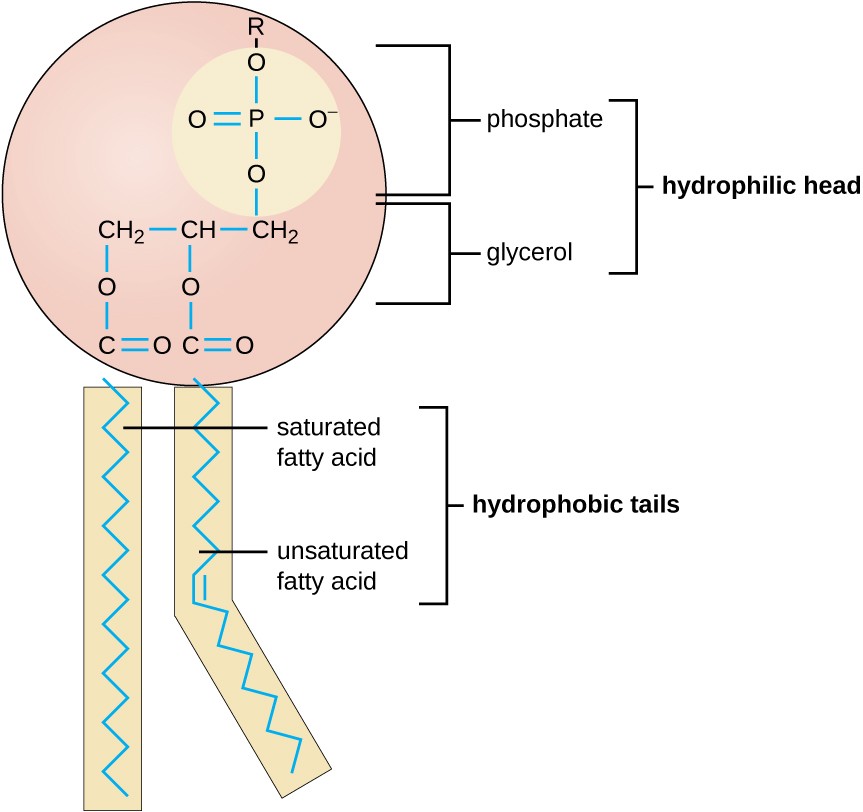

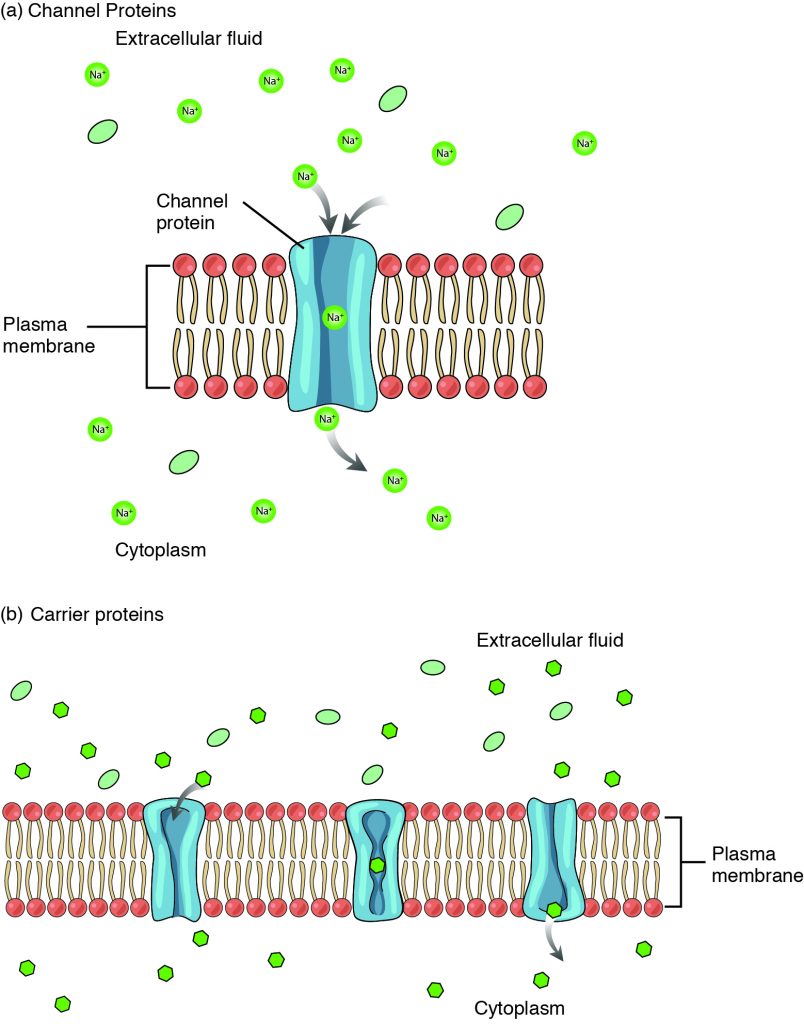




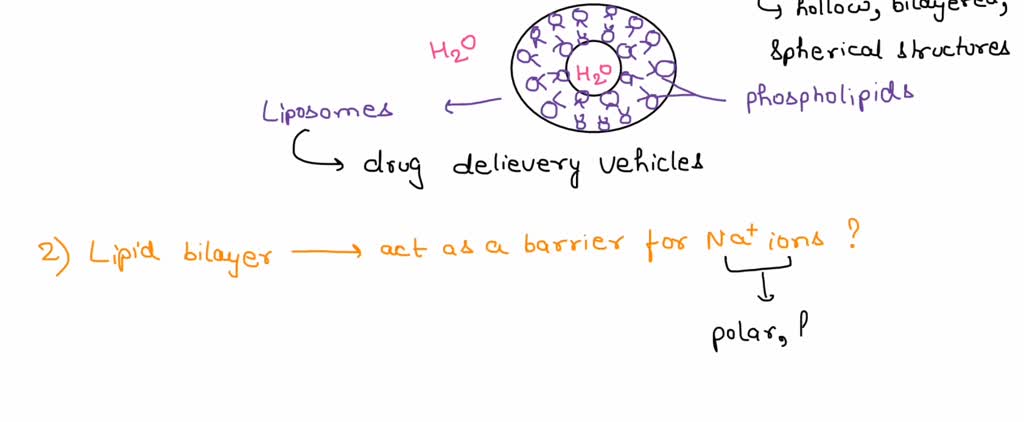

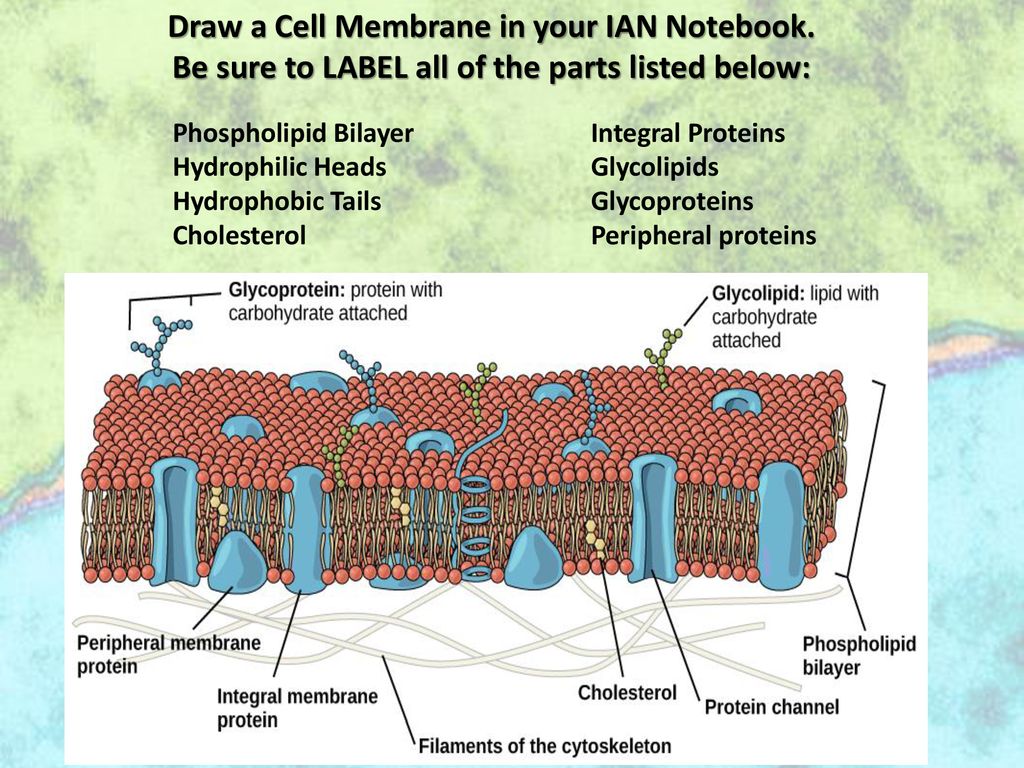


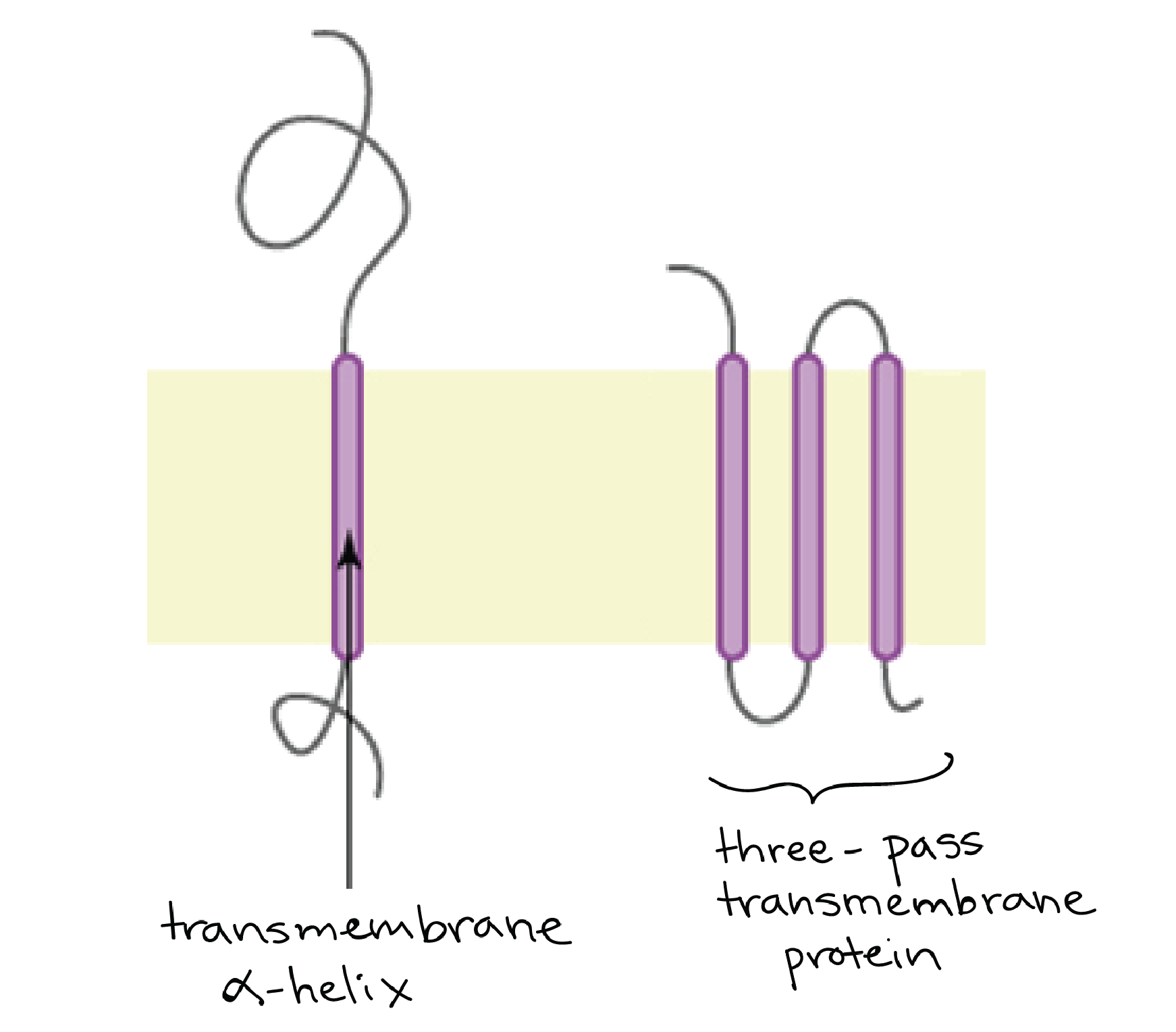
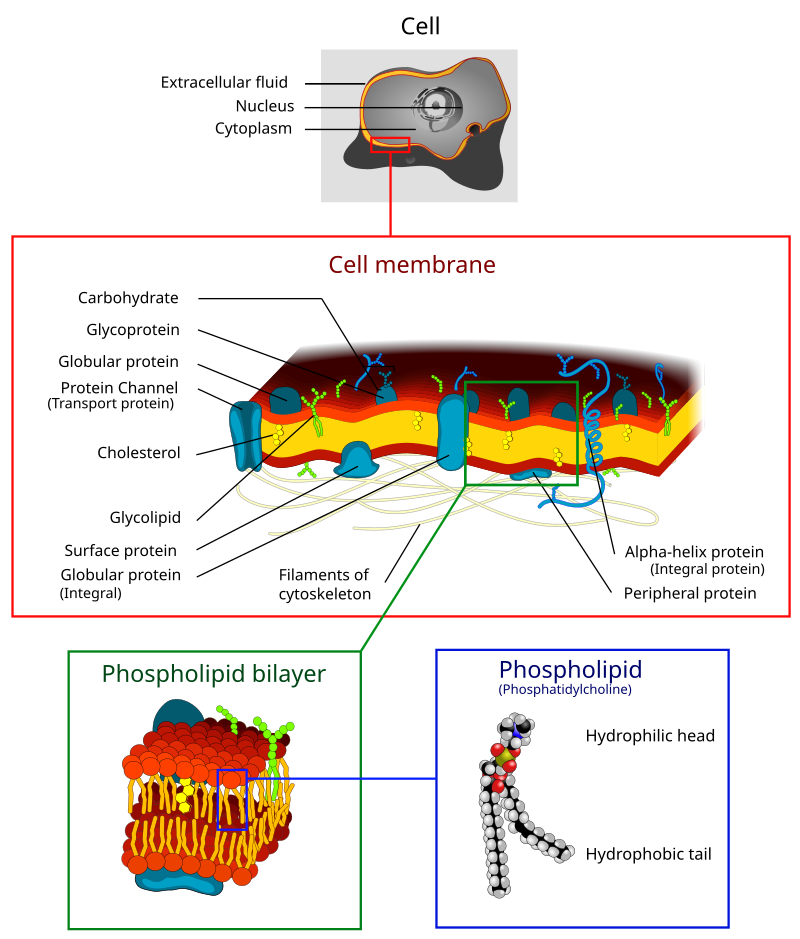


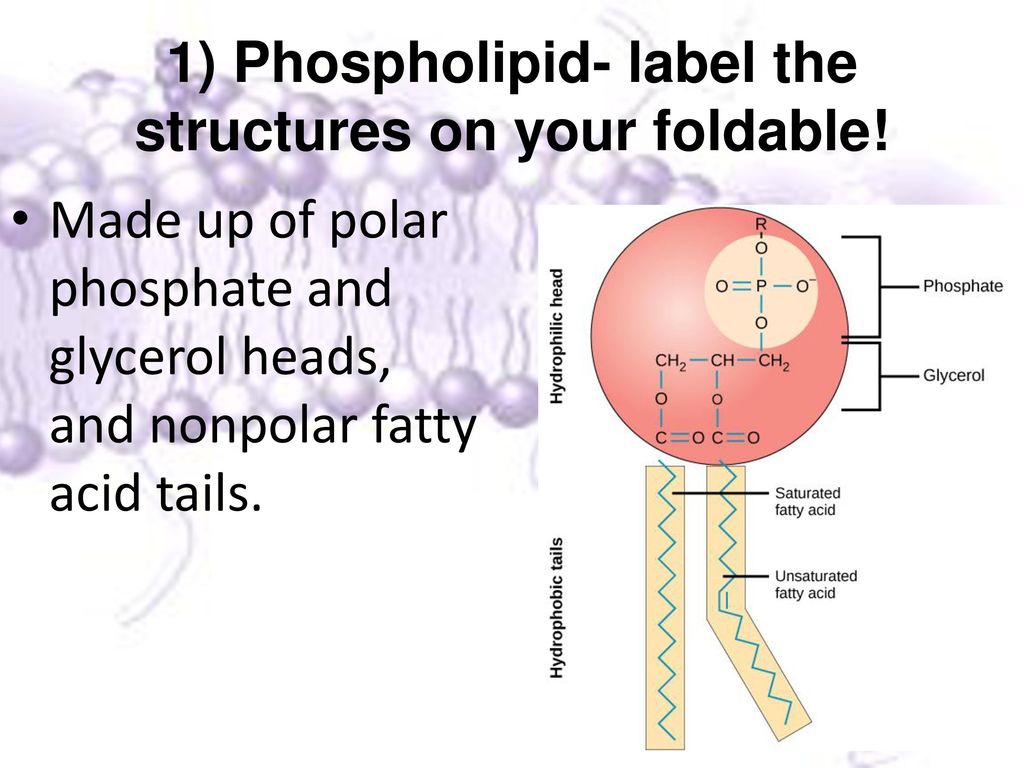


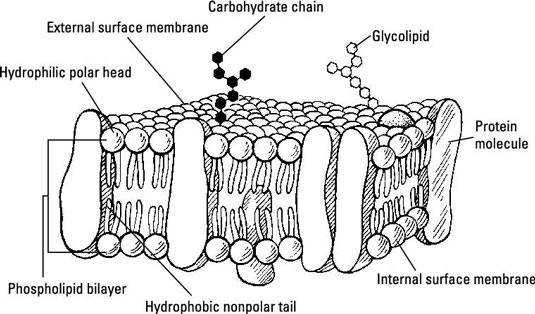

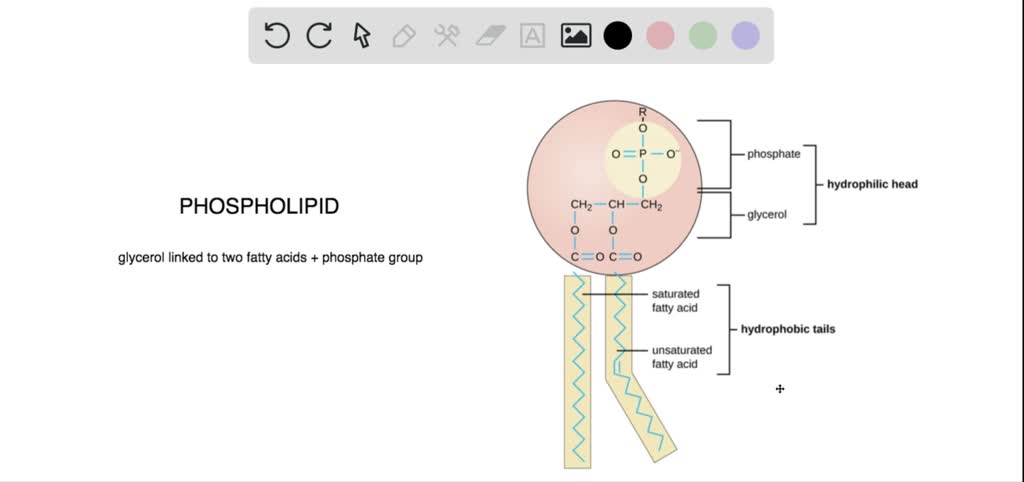
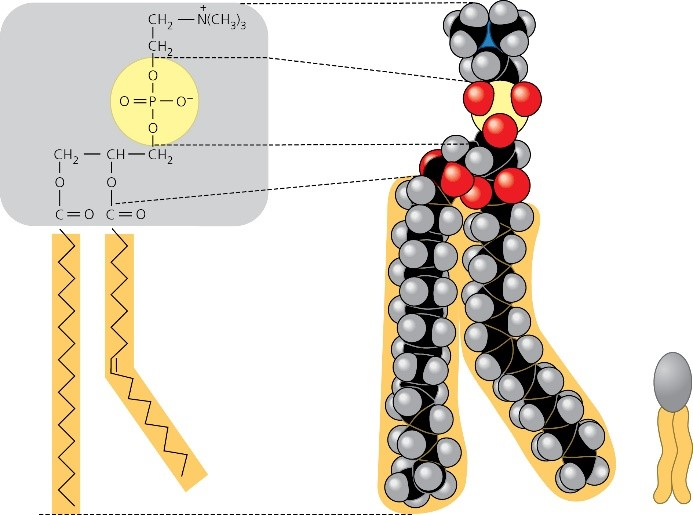


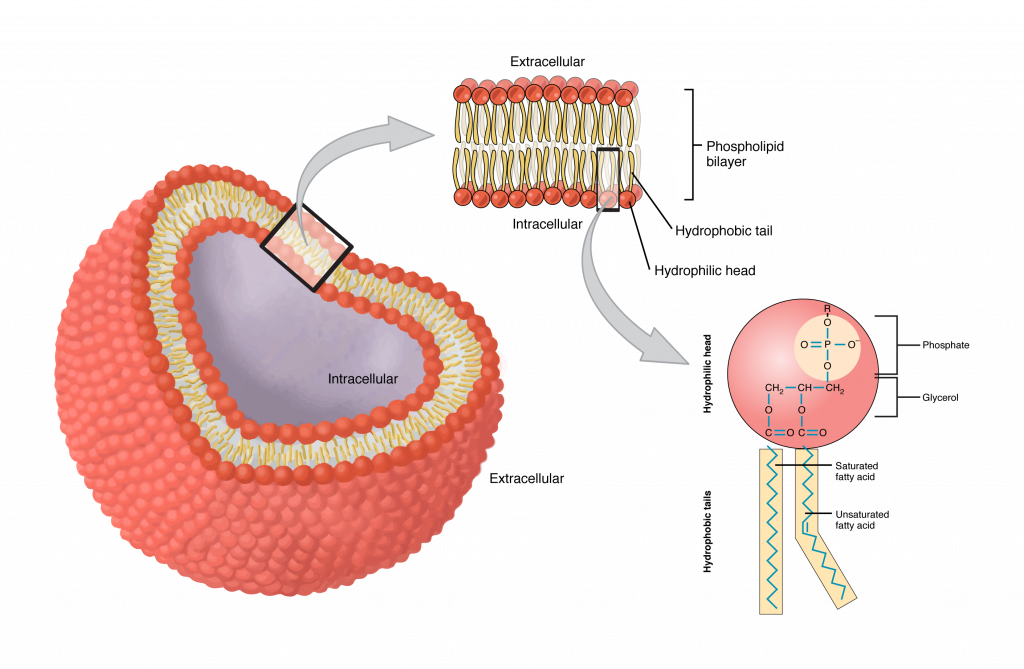

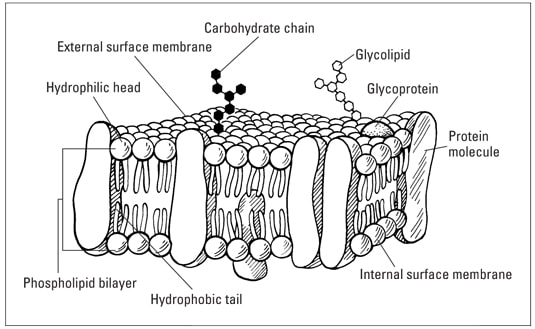





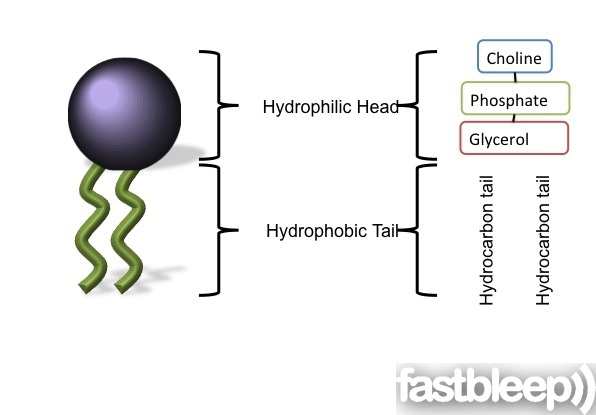
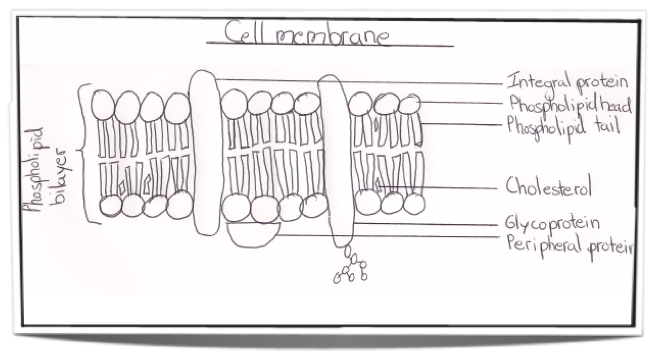

Post a Comment for "41 label the hydrophobic and hydrophobic portions of the phospholipids"